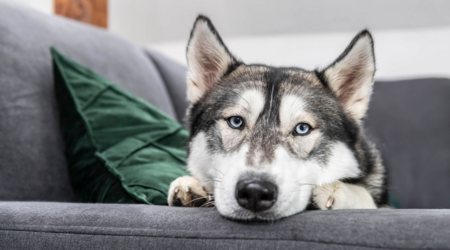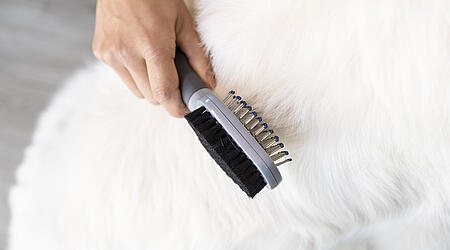Help, my pet doesn’t like being groomed!
As a pet owner, you know how important grooming is to your pet’s health. Time spent grooming your pet can also help strengthen the bond between you and can help you to relax, but sometimes pets aren’t so keen on the idea.
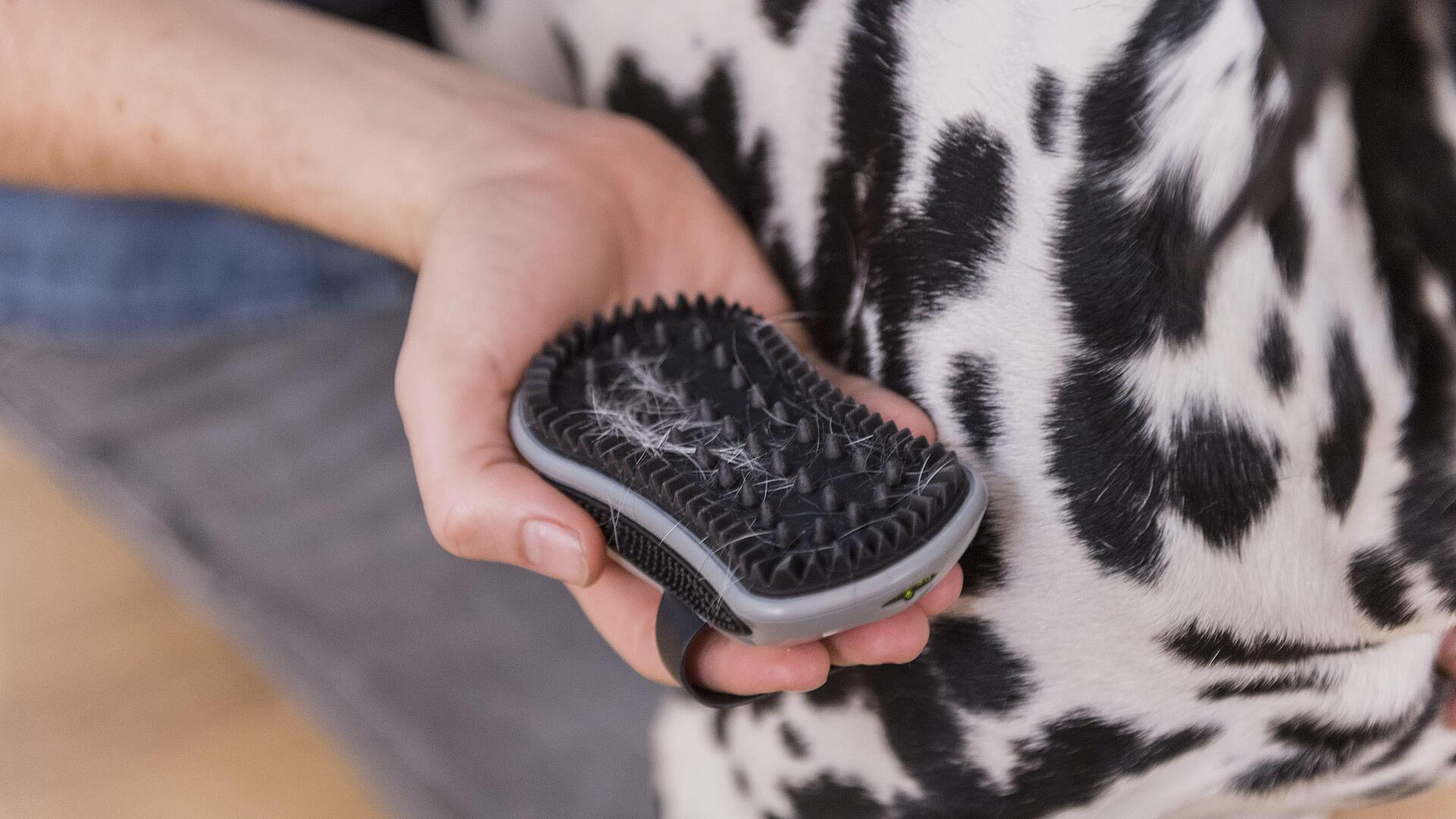
Establishing a grooming routine
Pets are creatures of habit. They thrive on routine and need stability and predictability in their lives, so the sudden introduction of a new grooming regime can often take them by surprise. The key to introducing any new routine is consistency. Start by allocating a small amount of time every day to grooming your pet. Pick a quiet time of day, when family aren’t around and when your pet is calm and still. Avoid grooming too close to mealtimes or walk time for example, as your pet could become anxious or distracted.
Start by stroking your pet to make them feel relaxed and comfortable. Let your pet sniff the brush you intend to use, so that they can start to identify with it and understand that their smell is associated with it. Then, softly, start to groom them in an area they like to be stroked. Avoid starting with the tummy or abdomen area as a lot of pets don’t enjoy being touched there and can find it threatening. Grooming can be just a few minutes at first, or however long your pet will tolerate. Keep going back to them with the brush, to show them that this is a normal routine and that you don’t mean them any harm.
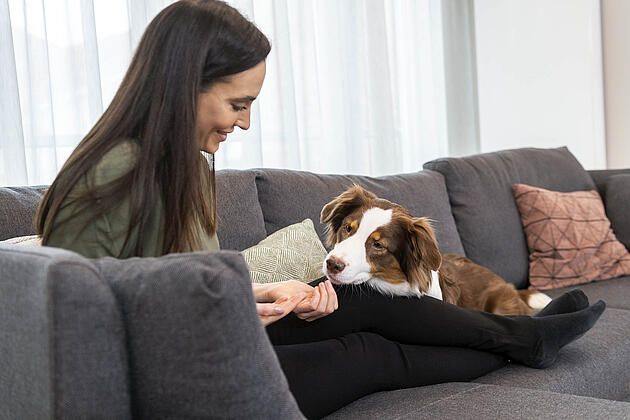
Work in a treat
If your pet is particularly suspicious of the grooming process, or if you’re trying to train a puppy or kitten to accept grooming, treats can be particularly useful when it comes to reinforcing positive behaviour. If your pet starts to understand that they’ll get a treat if they’ve had a grooming session, the idea will start to become more appealing for them.
Eventually, you can substitute the treat for lots of stroking, attention and calm praise.
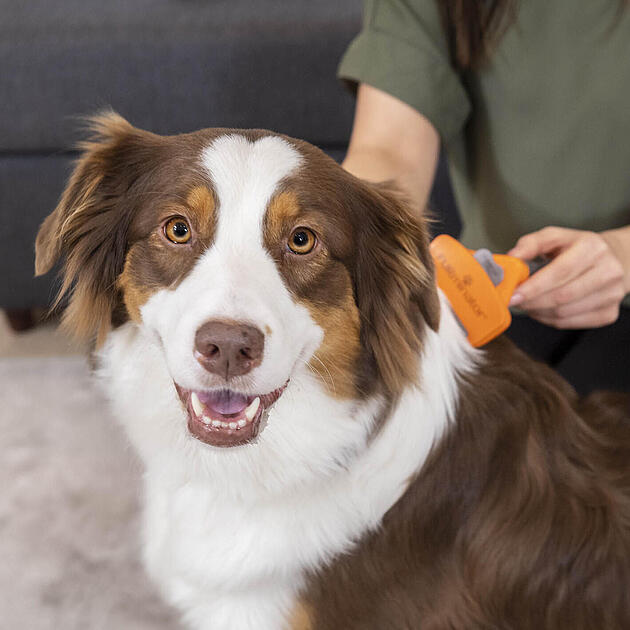
Choose the right tool
It’s important to choose the right grooming tool when it comes to brushing your pet. They may prefer a softer or more firm brush. If your pet has very long hair, you may need to use a comb first to tease out any matts or tangles in their fur before moving on to a brush.
Grooming brushes come in all different shapes and sizes, so carefully choose which one will best suit your pet’s size, fur type and temperament.
There are also different grooming tools for different tasks. Combs will help to detangle your pet’s fur, while slicker brushes will help to remove excess fur. Soft bristle brushes can also be used for finishing, making your pet’s coat smooth and shiny to help keep them looking their best.
How to groom your pet
Firstly, choose a brush that’s the right size and texture for your pet. Then, starting at your pet’s head, gently stroke the brush down the body towards the tail in the direction that the fur grows. Take care not to brush too hard as this can damage your pet’s skin. Brush the chest and abdomen last and take particular care in this area as the fur can be thinner and the skin more sensitive. If your pet has very long hair you may need to use a comb or grooming rake to tease out any tangles or mats before brushing through the rest of the coat. Some pets take to grooming more easily than others. If your pet isn’t too keen on being groomed, check out our tips on how to introduce a daily grooming regime.

